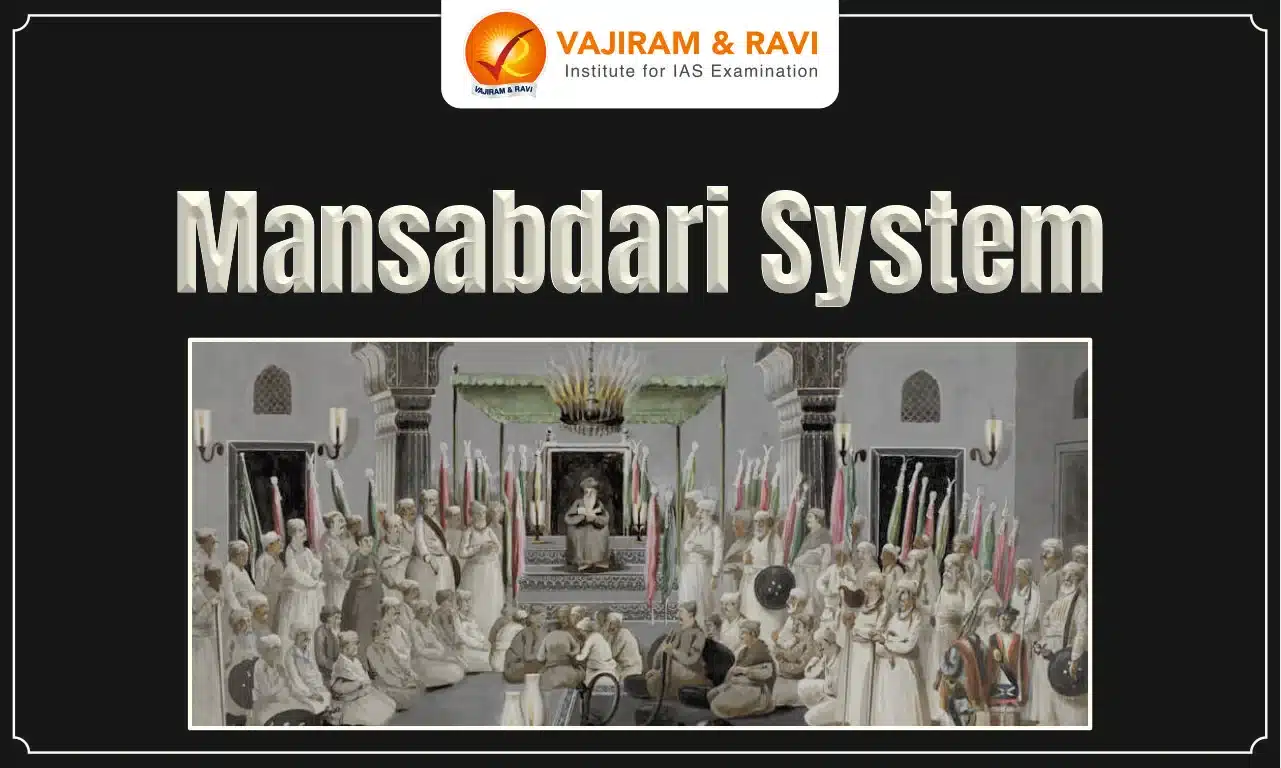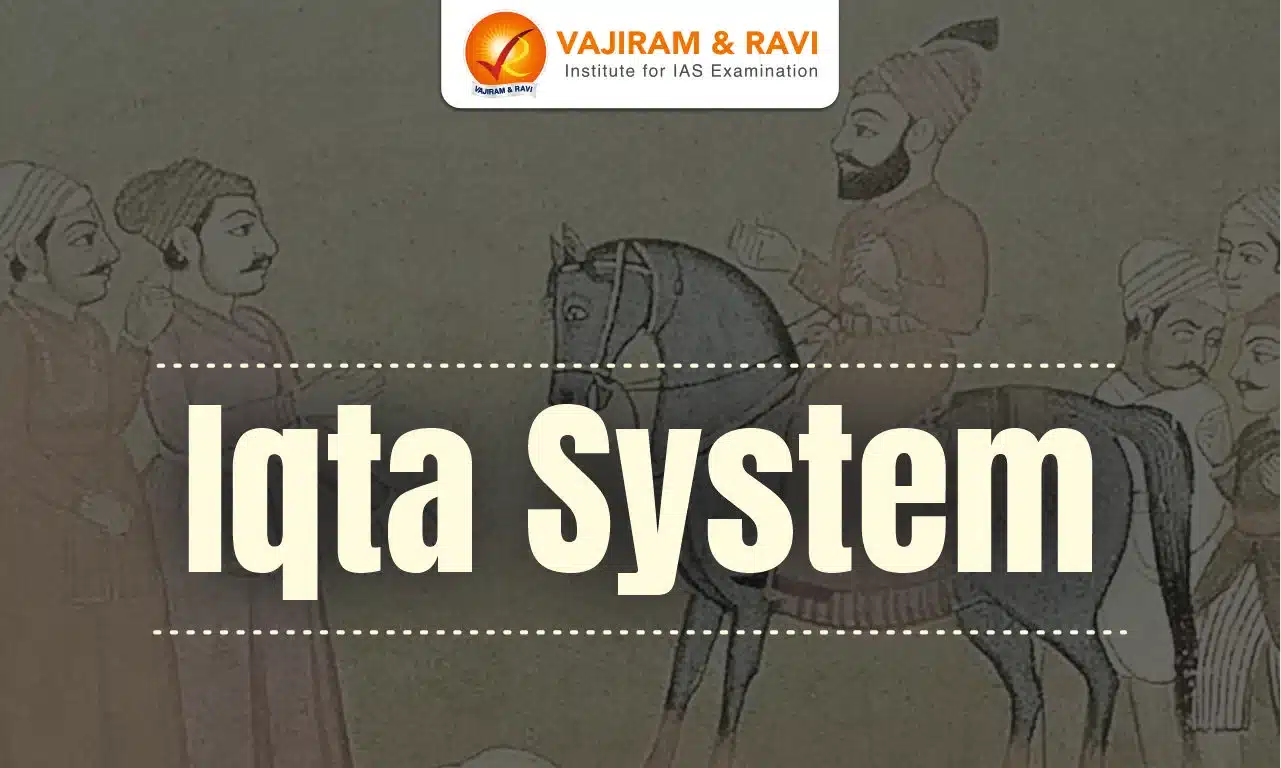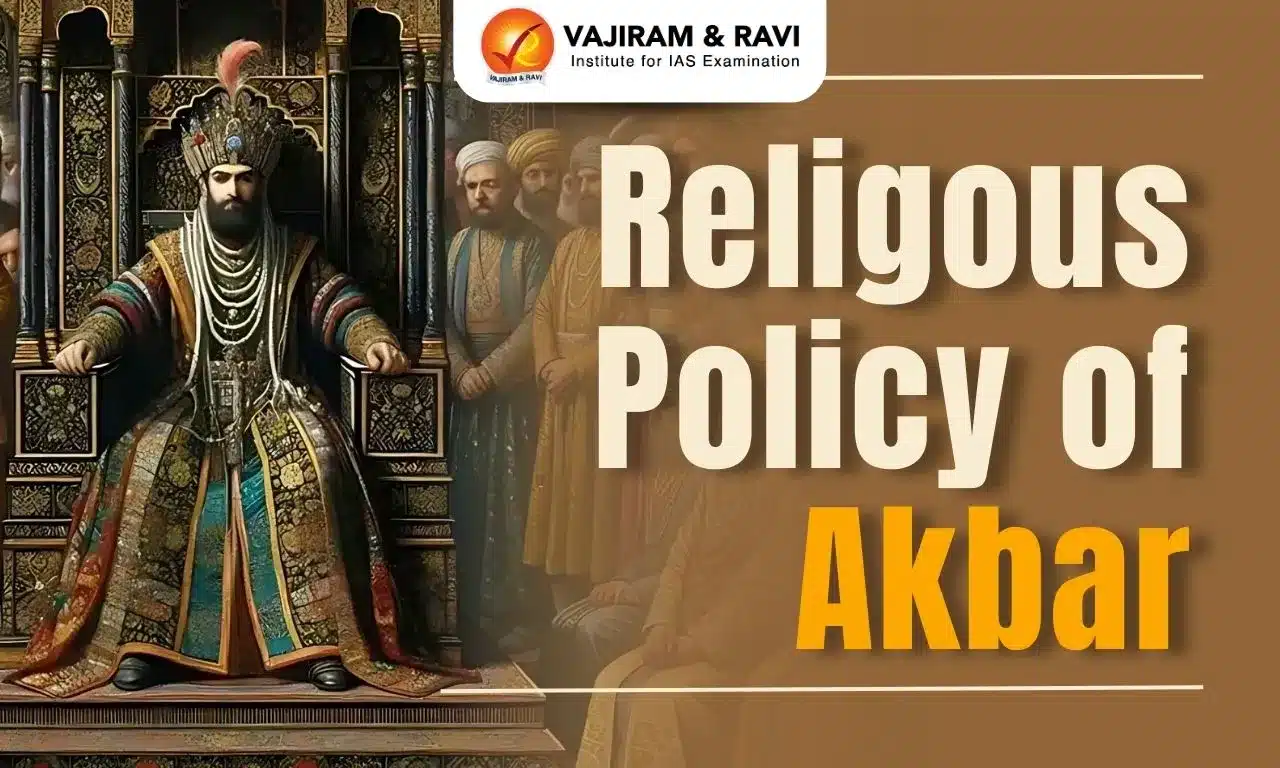Sayyid Dynasty, which ruled from 1414 to 1451, emerged during a period of instability following the decline of the Tughlaq Dynasty. Sayyid Dynasty founder Khizr Khan, a noble of Turkic origin, sought to establish centralized authority in northern India amid political turmoil. Despite its brief reign of 37 years, the Sayyid Dynasty played a crucial role in shaping the region's governance and cultural landscape, striving to unite various territories under their control.
However, the Sayyid Dynasty faced significant challenges, including internal rebellions and the ambitions of powerful nobles, which undermined their authority. Successors Mubarak Shah and Muhammad Shah struggled to maintain stability, leading to the dynasty's decline and setting the stage for the Lodi Dynasty's rise.
Sayyid Dynasty Overview
Sayyid Dynasty was the fourth to rule the Delhi Sultanate, and it governed from 1414 to 1451, lasting 37 years. Emerging in the wake of the declining Tughlaq dynasty, the Sayyids faced persistent challenges, including internal unrest and opposition from regional nobles.
- Establishment: The Sayyid dynasty was established by Khizr Khan, a Timurid vassal of Multan, who captured Delhi in 1414. Khizr Khan refrained from assuming the title of Sultan and instead used the title “Rayat-e-ala”.
- Distinctive Identity: The Sayyids, part of the theological class during the Delhi Sultanate, were called Kulah-Daran (cap-wearers) due to their distinctive pointed caps, setting them apart from the Dastar-bandan (turban-wearers).
Sayyid Dynasty Origin
Sayyid Dynasty originated from Khizr Khan, a noble who claimed descent from Prophet Muhammad. He served as governor of Multan under Sultan Firuz Shah before being expelled in 1395. After Timur's sack of Delhi in 1398, Khizr Khan was appointed Timur's deputy for Multan and held territories including Lahore, Dipalpur, and Upper Sindh. He established the Sayyid dynasty by defeating Mallu Iqbal Khan in 1405 and capturing Delhi in 1414.
Sayyid Dynasty Rulers
Sayyid dynasty (1414–1451) began with its founder, Khizr Khan (1414–1421), and was followed by Mubarak Shah (1421–1434), who faced opposition from regional sultans and internal challenges. After Mubarak Shah, Muhammad Shah (1434–1445) struggled with unrest, and the last ruler, Alauddin Alam Shah (1445–1451), failed to maintain control, leading to the dynasty's decline and the rise of the Lodi dynasty.
Sayyid Dynasty Founder Khizr Khan
Sayyid Dynasty founder Khizr Khan, the ablest ruler of the Sayyid dynasty, reigned from 28 May 1414 until his death on 20 May 1421, after the fall of the Tughlaq dynasty and the invasion of Timur.
- Title and Authority: Khizr Khan refrained from adopting royal titles due to fear of Timur’s invasion, instead using titles like Rayat-i-Ala (Sublime Banners) and Masnad-i-Aali (Most High Post). However, coins continued to be struck in the name of the Tughlaq rulers.
- Military Actions: He suppressed rebellions, such as the one led by Har Singh, Raja of Katehar. In 1416, his forces annexed Bayana and Gwalior.
- Khizr Khan appointed Malik-us-Sharq Malik Tuhfa as his wazir, who played an essential role in managing the kingdom.
- Succession: Upon his death in 1421, Khizr Khan was succeeded by his son, Mubarak Shah, who assumed the title Muizz-ud-Din Mubarak Shah.
Sayyid Dynasty Mubarak Shah
Mubarak Shah, son of Khizr Khan, was the second ruler of the Sayyid dynasty in 1421. He was known for his assertive rule and military prowess, establishing independence from Timur. He defeated Hoshang Shah Ghori, securing stability in the Malwa Sultanate, and suppressed Jasrath Khokhar's rebellion while also defending the kingdom against Timurid invasions. Mubarak Shah was the first to use the royal title "Shah", affirming his allegiance to the Khalifah.
Sayyid Dynasty Muhammad Shah
Muhammad Shah, the third ruler of the Sayyid dynasty, faced political turmoil and internal dissent during his reign that weakened his authority and disrupted governance. He attempted to suppress rebellions in various regions like Katehar, Badaun, Etawah, Patiali, Gwalior, Kampil, Nagaur, and Mewat but was hindered. To secure his reign, he allied with Governor Bahlol Lodi, who was awarded the title 'Khan-i-Khanan' and acknowledged his possession of significant parts of Punjab.
Sayyid Dynasty Alam Shah
Alam Shah ascended the throne in 1445 AD, becoming the fourth and last ruler of the Sayyid Dynasty. However, he proved to be an ineffective ruler. Recognizing the challenges of his reign, his Wazir, Hamid Khan, invited Bahlol Lodi to take control of the army. Realizing the difficulty of maintaining his position, Alam Shah eventually abdicated and retired to Badaun.
Sayyid Dynasty Administration
Sayyid Dynasty had a centralized structure of administration in the Delhi Sultanate. The administration was marked by a centralized governance, agrarian revenue collection, adherence to Shariah, division of the empire into provinces, etc. The details are discussed below:
- Centralized Governance: The Sultan held supreme authority over military, judicial, and fiscal matters, although this control often remained symbolic due to weakened central power.
- Provincial Administration: The empire was divided into provinces managed by appointed officials responsible for law enforcement, tax collection, and local governance.
- However, regional leaders frequently acted independently, creating inconsistencies in loyalty and administration.
- Revenue Collection: The administration focused on agrarian revenue to sustain the royal treasury, but irregularities in collection were common due to the autonomy of regional leaders.
- Judicial Framework: The legal system adhered to Islamic law, with Qazis overseeing judicial proceedings. Local customs were also incorporated to maintain societal order.
- Military Organization: Defense relied on a mix of local soldiers and mercenaries, emphasizing alliances. However, internal instability hindered the maintenance of a strong standing army.
- Regional Control: Khizr Khan established a governing structure, but his effective authority was primarily limited to Punjab and the Doab region, reflecting the restricted reach of the dynasty.
Sayyid Dynasty Art and Architecture
Sayyid Dynasty made notable contributions to the architectural heritage of the Delhi Sultanate, blending Indo-Islamic styles. They patronized the arts and sciences and constructed key monuments, including the Mubarak Shah's Tomb in Delhi.
- Tomb Architecture: A distinction was made in tomb designs, with octagonal tombs designated for rulers and square ones for nobles, reflecting hierarchical nuances in architectural forms.
- Tomb of Mubarak Shah: Mubarak Shah's tomb, built with red sandstone, features a southern entrance leading into an octagonal hall with arched openings on three sides, while the western side contains the Mihrab, indicating the prayer direction.
- The structure also includes a verandah with sloping buttresses, a disproportionate dome, and kiosks (chattris) adorning the roof.
- Adjacent is a funerary mosque for prayers and public addresses.
- Tomb of Muhammad Shah: It is situated in Lodi Gardens, Delhi, and features an octagonal chamber encircled by a verandah with arched openings.
- City of Mubarakabad: Founded by Mubarak Shah in 1433 AD along the Yamuna River, this city exemplified the era's urban planning and architectural endeavors.
- Architectural Style: The period saw a transition from the earlier use of horseshoe arches to true arches, influenced by Persian architectural practices. Wooden beams were employed as supports in this new construction style
- Decorative Art: The Sayyid period saw notable progress in decorative arts, with intricate calligraphy, stone carvings, and ornamental designs enhancing structures and objects. These artistic elements reflected the refined sensibilities and cultural influences of the time.
- Persian: During the Sayyid period, Persian remained the court language, with the rulers continuing to patronize Persian literature.
- Sufi Poetry: Sufi poetry flourished, with saints and poets composing devotional verses in both Persian and regional languages, promoting spiritual and moral ideals.
Sayyid Dynasty Decline
Sayyid dynasty struggled with internal instability and the weakening of central authority, despite efforts to consolidate power. This growing unrest, combined with regional discontent, eventually led to its displacement by the Lodi dynasty in 1451. The reasons for decline are discussed below:
- Weak Leadership: The dynasty suffered from internal feuds and maladministration, leading to a lack of strong leadership.
- Regional Rebellions: Attempts to suppress uprisings in regions like Katehar, Badaun, Etawah, Patiali, Gwalior, Kampil, Nagaur, and Mewat were unsuccessful due to persistent interference and betrayal by nobles.
- Economic Strain: The weakening central authority and internal conflicts led to economic instability, affecting the dynasty's ability to maintain a strong military and administrative structure.
- Emergence of Provincial Powers: Regional kingdoms' rise and provincial powers' emergence further fragmented the Sultanate's authority.
- Alam Shah's Incompetence: Alam Shah became the Sultan in 1445 AD but proved incompetent in governance. After failing to assert control, he followed the advice of his Wazir and sought Bahlol Lodi's assistance, eventually fleeing to Badaun.
Sayyid Dynasty UPSC PYQs
Q.1 With reference to Indian history, who of the following were known as "Kulah-Daran"? (UPSC Prelims 2022)
a) Arab merchants
b) Qalandars
c) Persian calligraphists
d) Sayyids
Answer: (d)
Last updated on December, 2025
→ Check out the latest UPSC Syllabus 2026 here.
→ Join Vajiram & Ravi’s Interview Guidance Programme for expert help to crack your final UPSC stage.
→ UPSC Mains Result 2025 is now out.
→ UPSC Notification 2026 is scheduled to be released on January 14, 2026.
→ UPSC Calendar 2026 is released on 15th May, 2025.
→ The UPSC Vacancy 2025 were released 1129, out of which 979 were for UPSC CSE and remaining 150 are for UPSC IFoS.
→ UPSC Prelims 2026 will be conducted on 24th May, 2026 & UPSC Mains 2026 will be conducted on 21st August 2026.
→ The UPSC Selection Process is of 3 stages-Prelims, Mains and Interview.
→ UPSC Result 2024 is released with latest UPSC Marksheet 2024. Check Now!
→ UPSC Prelims Result 2025 is out now for the CSE held on 25 May 2025.
→ UPSC Toppers List 2024 is released now. Shakti Dubey is UPSC AIR 1 2024 Topper.
→ UPSC Prelims Question Paper 2025 and Unofficial Prelims Answer Key 2025 are available now.
→ UPSC Mains Question Paper 2025 is out for Essay, GS 1, 2, 3 & GS 4.
→ UPSC Mains Indian Language Question Paper 2025 is now out.
→ UPSC Mains Optional Question Paper 2025 is now out.
→ Also check Best IAS Coaching in Delhi
Sayyid Dynasty FAQs
Q1. Who founded the Sayyid Dynasty?+
Q2. What is the time period of the Sayyid Dynasty's rule?+
Q3. Who was the last ruler of the Sayyid Dynasty?+
Q4. Why did the Sayyid Dynasty decline?+
Q5. Which dynasty succeeded the Sayyid Dynasty?+


















